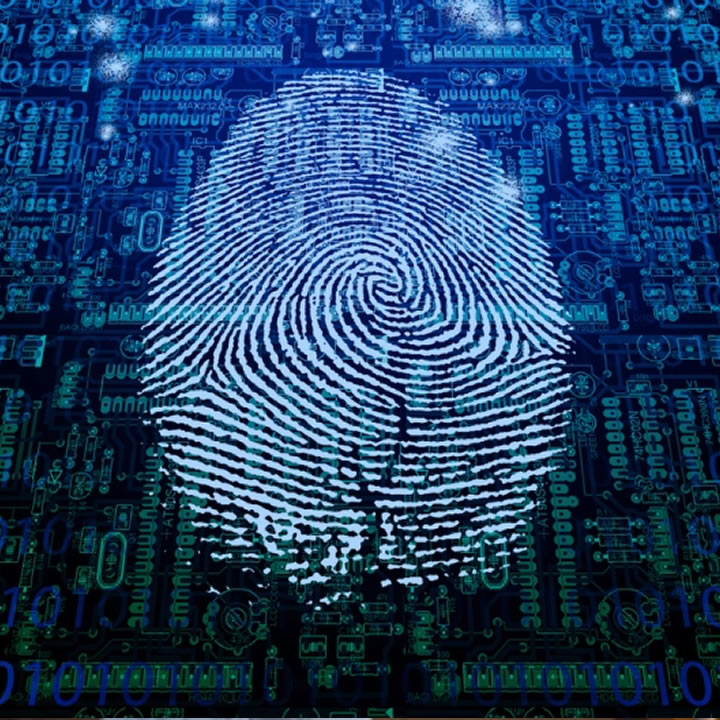Online fraud has grown immensely as of late and is a huge problem for many business industries nowadays. As scammers come up with new ways to avoid detection every year, what tools can businesses use to check devices and detect scammers, and how can risk management software help?
Fortunately, good risk management specialists aren’t far behind either, and there have been major improvements in fraud detection technology in recent years. Numerous anti-fraud tools have been invented, but today we will focus on device fingerprinting, which has a mixed opinion among experts.
What is the fingerprint of your device?
A digital fingerprint is a unique combination of various public features of your Internet-connected mobile or desktop device. A browser fingerprinting is the same thing as the cookies device check, however in this case the information is collected from the browser you’re using.
It is a process of capturing publicly available hardware and software IDs every device transmits during every connection to any other device, website, or service. In order to correctly process a request and form a response.
It also includes a list of installed extensions, operating system version, local time, language settings, and so on. You would think that each of these parameters by itself is no secret and is available for any site you visit.
But together they form a unique combination about you as a user and allow third parties to conduct a device check.
Device fingerprinting: what is the danger?
You are being followed, literally. A device and browser fingerprinting make it possible to check the device and track all your movements on the Web, as your unique settings tie this information specifically to you.
It is very similar to fingerprint SDK, which is used by custom services in many countries in Europe, the USA, and others.
Basically, with every site you visit, every app you download to your device, you leave your unique digital footprint. This fingerprint can be used by scammers to harm you, or it can be used by anti-fraud systems, such as Covery, as a tool for collecting and analyzing user data for protection.
If fraudsters want to take advantage of your information for their gain, then anti-fraud software will conduct a device check to compile a dossier on you for security purposes. But you should know that such a dossier contains no information about you: gender, age, political and religious beliefs, hobbies, tastes, interests, and so on.
It only has the data on your device — and you can buy a new phone with ease. Or others can do it…
Others may impersonate you. Yes, it does happen that crooks can steal your fingerprint and use it. If in the case of the real fingerprint and the fingerprint SDK system this trick will not work, then in the case of the digital device fingerprinting it is quite possible.
By combining your real details and fake identifiers, fraudsters can forge fake identities and do harm on your behalf. Only some anti-fraud systems (for example, Covery) can recognize and prevent such a course of events.

